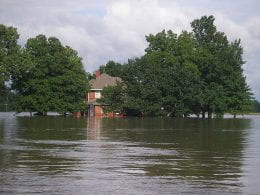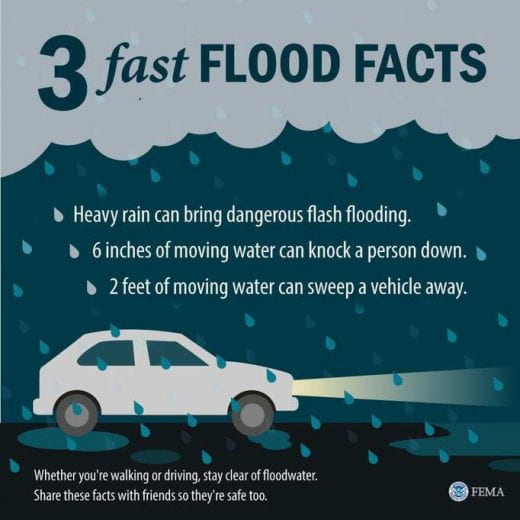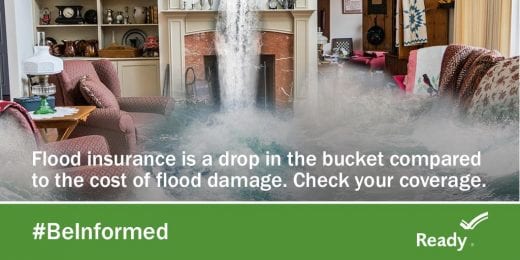 Awareness of severe weather – plus the need to plan ahead – is important year-round, said Jan Steen, community vitality specialist with K-State Research and Extension.
Awareness of severe weather – plus the need to plan ahead – is important year-round, said Jan Steen, community vitality specialist with K-State Research and Extension.
“We have insurance on our crops, vehicles and homes should disaster strike, but how are we protecting our important data? Digital photos and videos, documents, and spreadsheets can be gone in a blink of an eye in a tornado or flood – and fire or theft at any time of year,” said Steen, a co-coordinator of the Kansas PRIDE Program and social media specialist.
Steen provided tips to prepare for a disaster, whether it’s a flooded basement in your own home or a community ravaged by fire:
- Take photos or videos of your property and valuables. This visual inventory can help with the insurance claim process and will make identifying items to replace easier. Be sure to back those photos or videos up and to update them when you purchase new items.
- Have an emergency plan. Know where to go in case of severe weather or fire.
- Have an emergency kit you can grab on your way to a storm shelter or as you exit for a safer place in case of fire or flood.
- Print paper copies of your most important documents. Business and household spreadsheets, insurance policies, bank account details, passports and drivers’ licenses. Put copies in your emergency kit or store off-site in a safe deposit box or with a family member. Add phone numbers of family and work contacts that aren’t memorized.
- Consider using a cloud storage service (Google Drive, OneDrive, Drop Box, etc.) and back up your files regularly. In the event your computer is damaged or stolen you’ll have access to the files you need from another computer, tablet, or phone.
- Perform regular backups to physical removable storage (thumb drives, secure digital or SD cards). These can be easily placed in your emergency kit or safe deposit box along with your paper copies.
- Have an extra phone charging cable and plug for your emergency kit. The power may be out where you are, but if you need to shelter elsewhere, you have a way to charge your phone for important calls or for filing insurance claims.
- For charging, also consider a portable power pack. These are about the size of a smartphone and allow you to charge a device anywhere from once to multiple times, depending on the model and brand. Be sure to keep the battery pack itself charged for when you need it most. Some portable NOAA weather radios have hand cranks to generate power and a USB port to charge your phone, which may be useful for long-term power outages.



